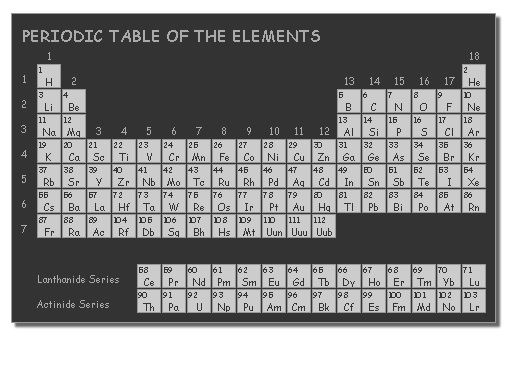
IBM and Apple made ASCII the basis for the character sets of their new computers. The size was chosen for its efficiency and its compatibility with binary systems (128 = 2 7).
#Sophokeys windows code#
Thus was born in the 1960s the American Standard Code for Information Interchange (ASCII), a 128-character code that included upper and lowercase letters, the digits, standard punctuation, and commonly used command codes. The proliferation of different coding systems compelled the International Organization of Standards (ISO) to develop a single standard for coding telecommunications. Small character sets were cost effective, reducing the number of dots and dashes, and therefore the time, needed to encode, transmit, and decode a message.Īs technology developed, new communication devices introduced more expansive code tables, ones that included lowercase letters, punctuation, and commands (such as "start new line" or "end of transmission"), but were frequently inconsistent with the code tables of other devices. All the earliest telegraph codes possessed a limited number of characters. International Morse Code, for instance, has only fifty-one characters: the twenty-six letters of the English alphabet (assumed to be uppercase), the ten digits, and fifteen signs of punctuation. The initial codes consisted of a limited set of characters. These code tables were the prototypes of the code tables used in computers.

(The audio component-the clicks and clacks we associate with telegraphs-came later.) To interpret the message it was necessary that both sender and recipient use the same code, so the pulses could be converted to letters or numbers. As the voltage changed, either a pen wiggled across the paper, or a set of needles or stamps punctured or indented it, creating a visual pattern representing the message. The earliest versions transmitted and received electronic pulses, which were transcribed onto long paper strips. To fully appreciate Unicode it helps to start with the telegraph. Suggestions for further reading can be found at the end of this guide. It is aimed at anyone new to Unicode or anyone working with non-Unicode fonts (Greek or not). This policy applies to the submission of text in any language, not simply polytonic Greek. This introductory guide explains, with particular reference to the Greek language, the development and architecture of Unicode, methods for working with Unicode, and related issues. Updated documentation for Snow Leopard.All authors publishing with Dumbarton Oaks must submit text that is Unicode compliant.The Caps layout supports capital letter entry with either the shift or caps-lock key, then allows accents and other marks to be typed afterwards. SophoKeys also comes with a Caps layout which is exactly like the standard layout, but removes the need for asterisk-based capitalization. Features include all common breathings, accents and other marks available with a single keystroke and vowel deadkeys – type accents after letters! Furthermore, SophoKeys Express allows capital letters to be entered in the simpler shift-letter format. Creating complex documents is simple, requiring no deadkeys or modifiers except shift - simply type in Beta Code and watch your properly marked text appear on the screen, with live-updated cues as you type!Īlternatively, SophoKeys also comes with an Express layout, which enables very rapid text entry. Producing platform independent Unicode output, SophoKeys is a perfect tool perfect for the modern publishing world.

Provides an easy to use and standardized method for writing Ancient Greek on the Macintosh, taking advantage of the well-known Beta Code of Thesaurus Linguae Graecae.

#Sophokeys windows license#
Developer Source Cod Size 142 KB Operating System Mac License Freeware Category Home-Educational-Software


 0 kommentar(er)
0 kommentar(er)
